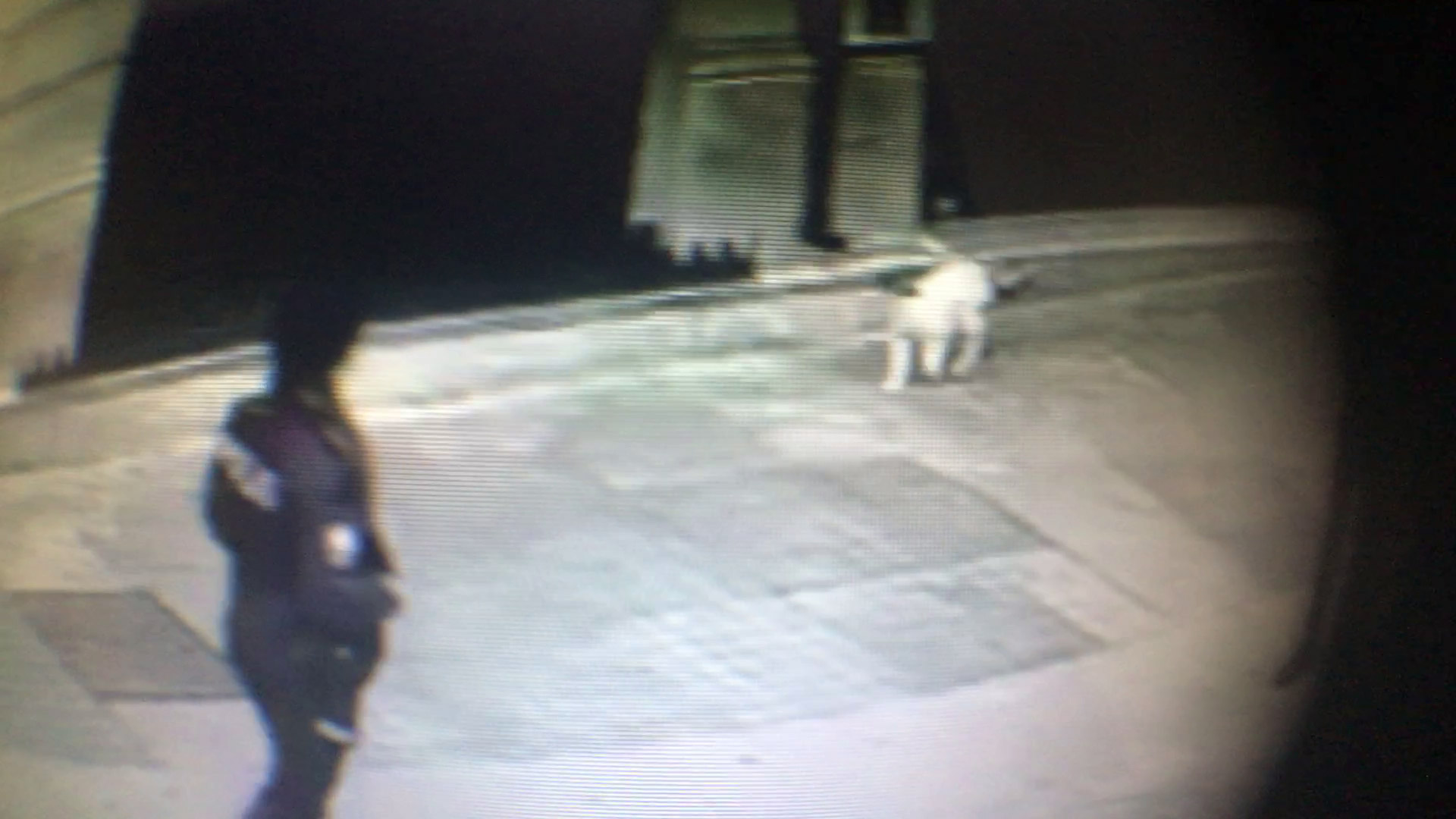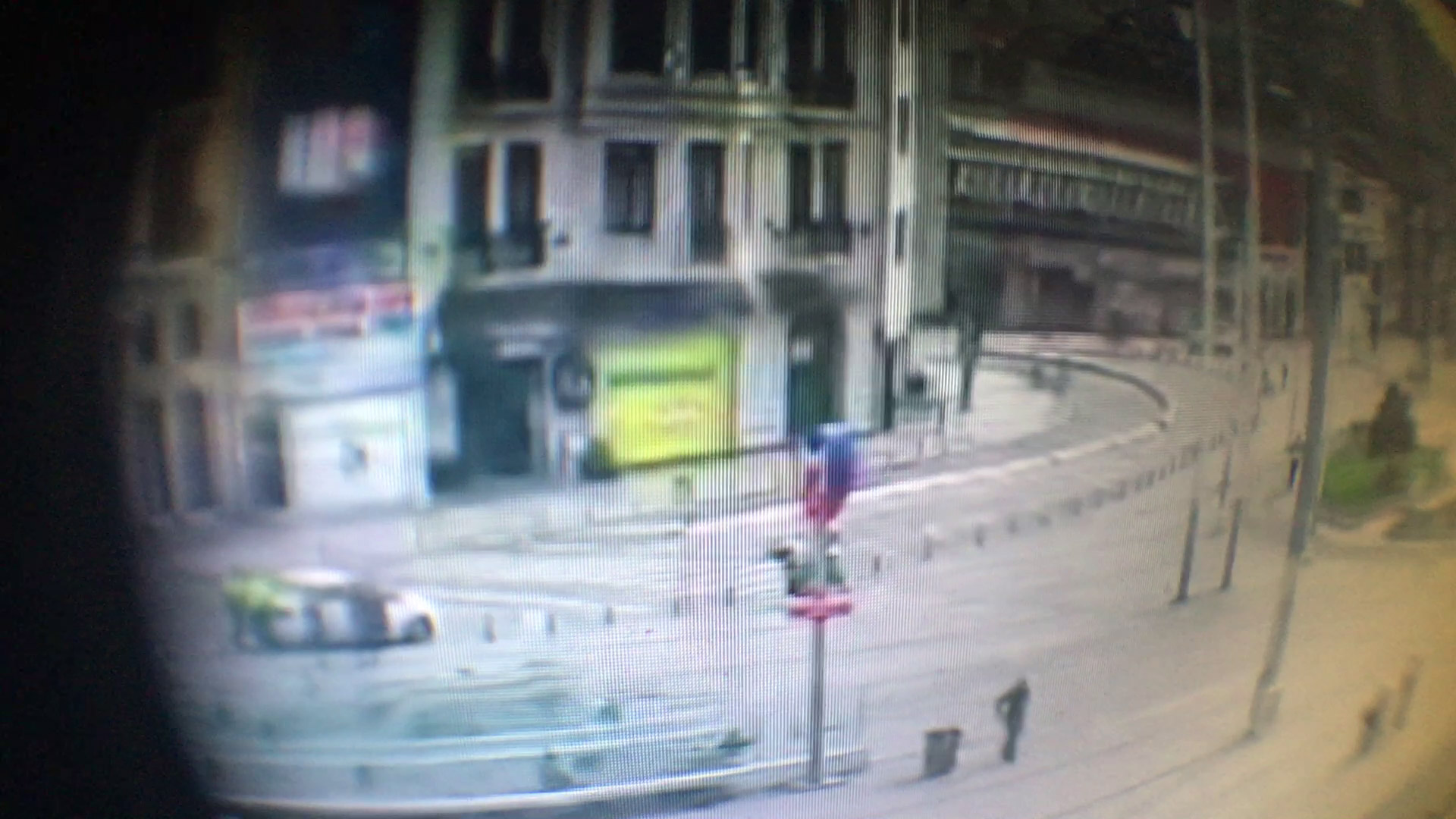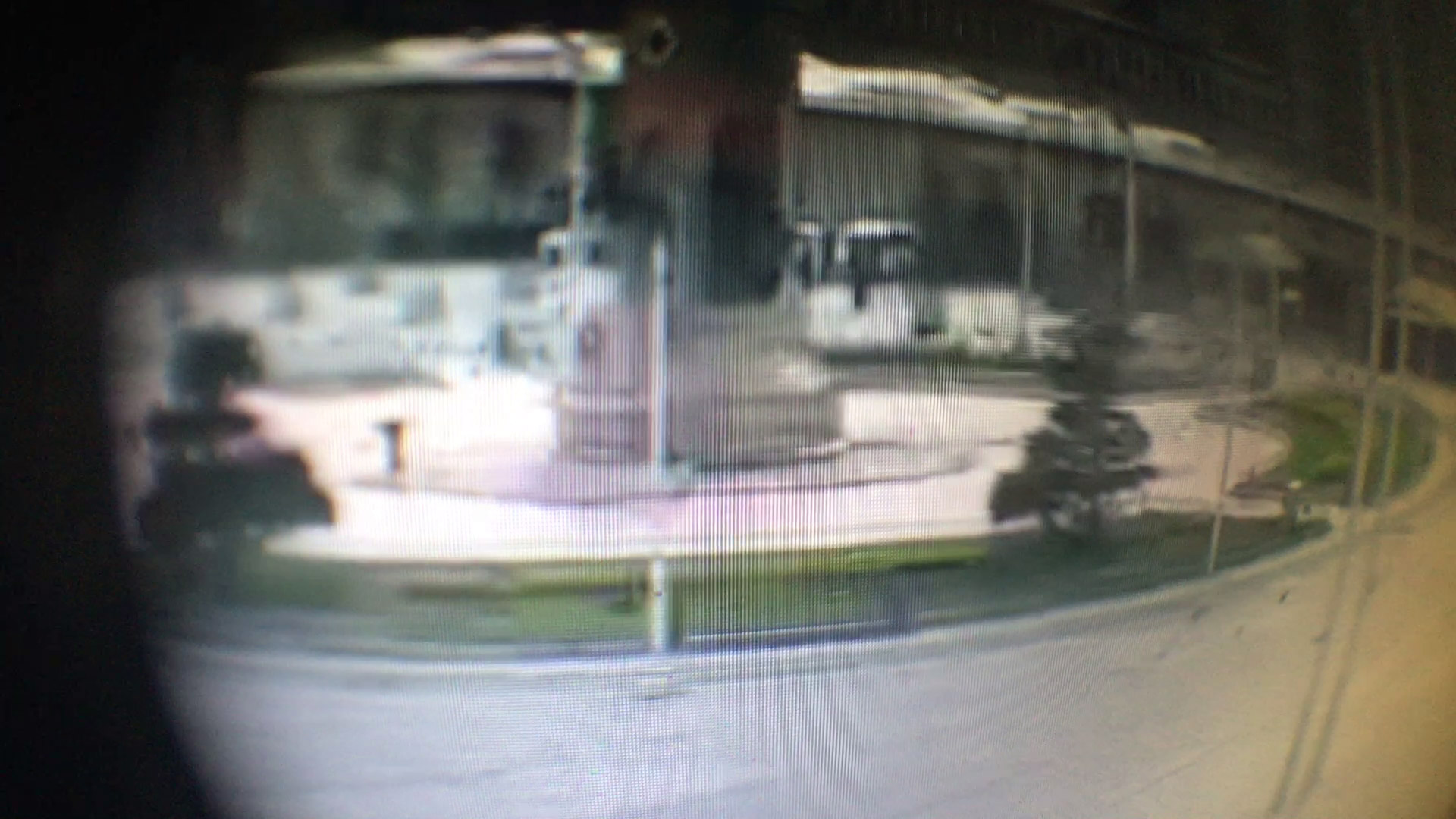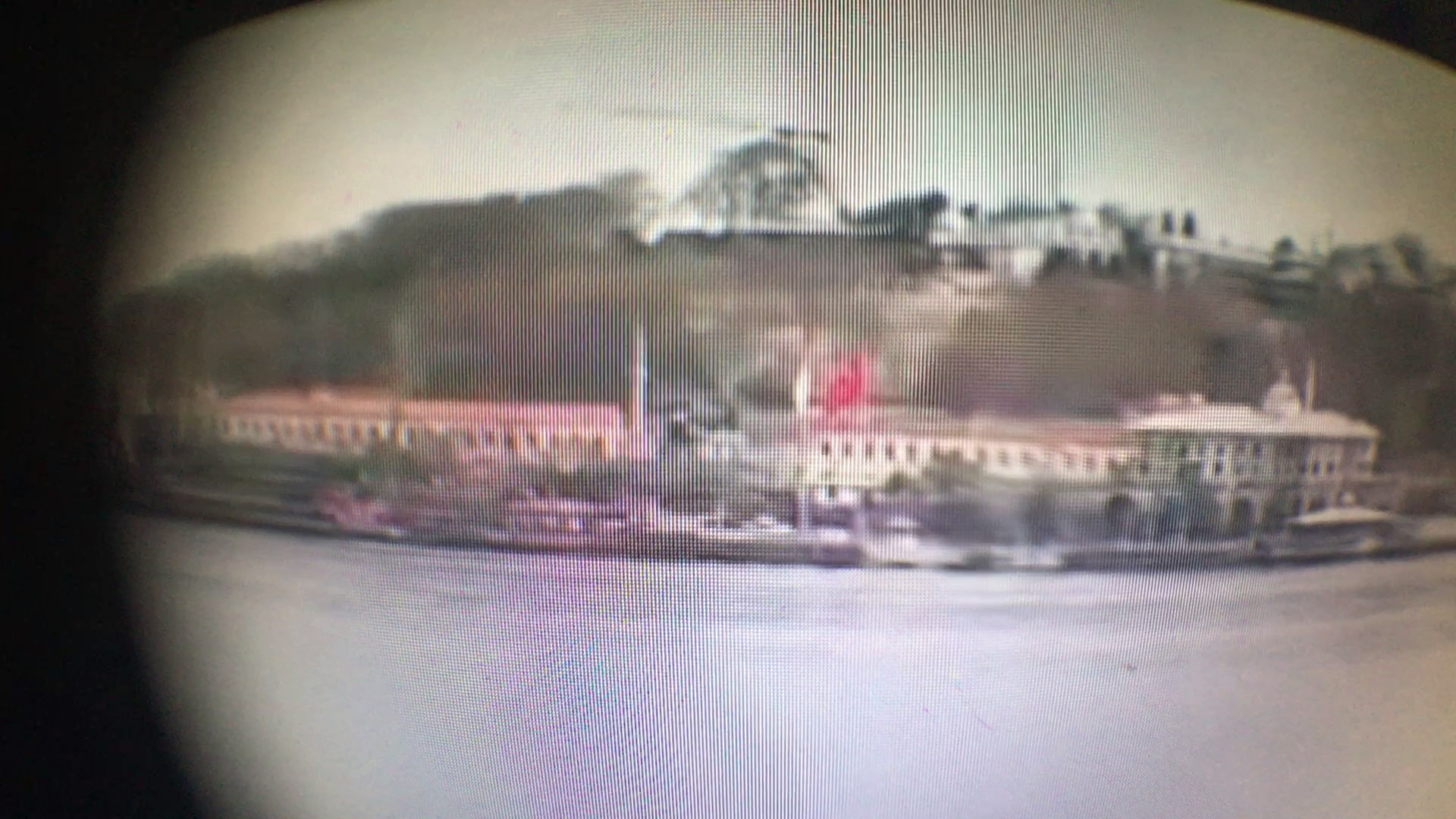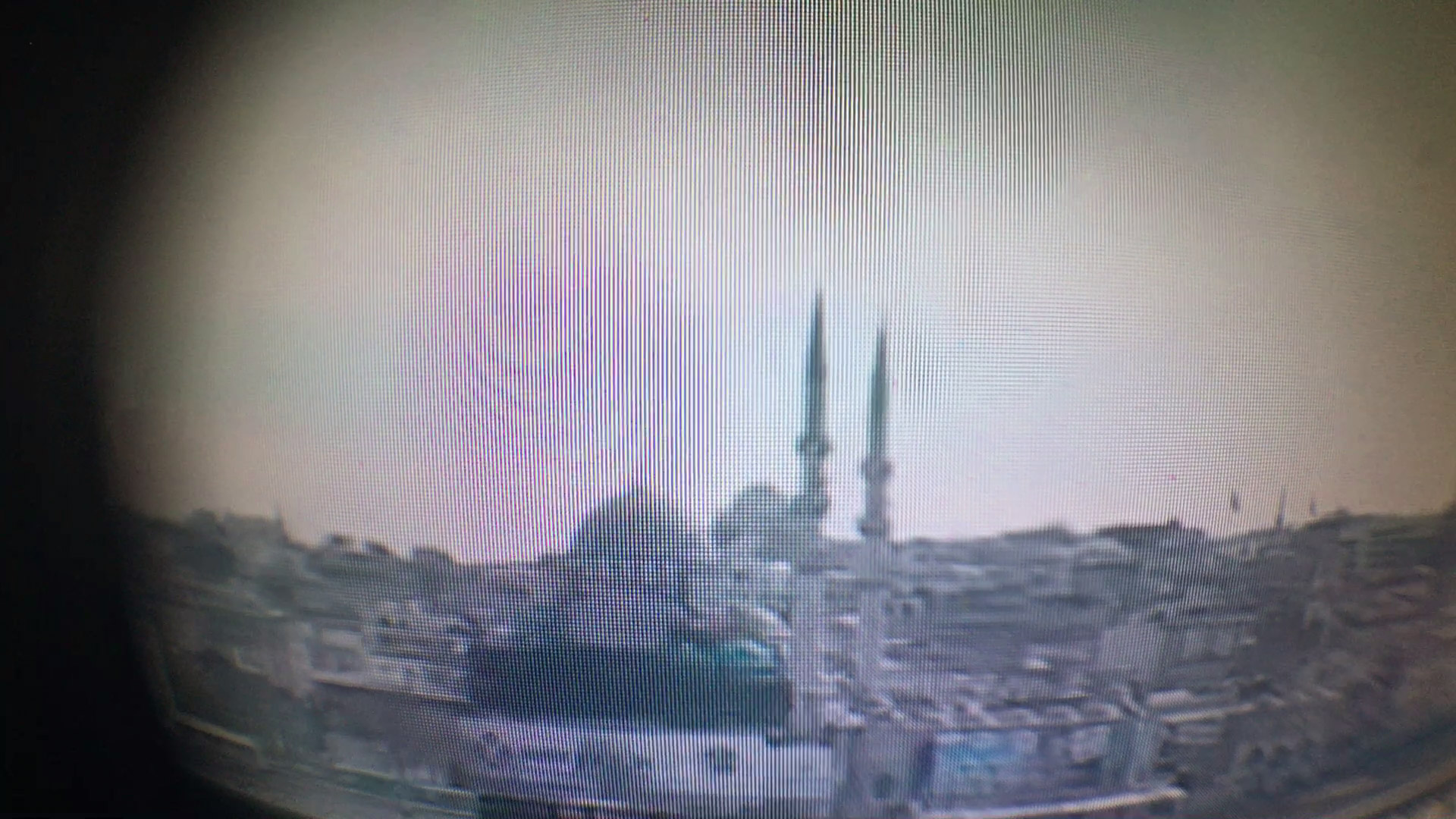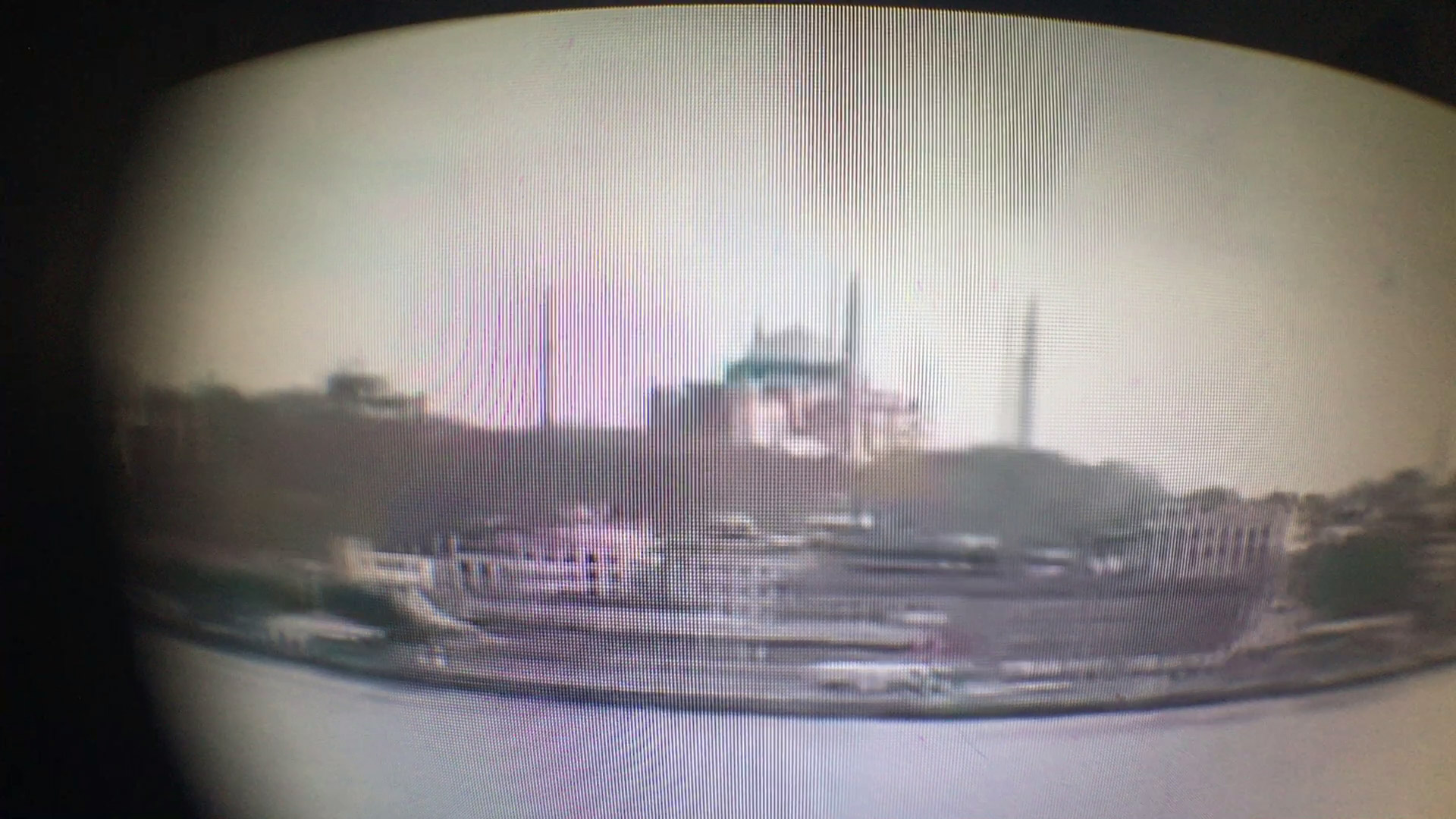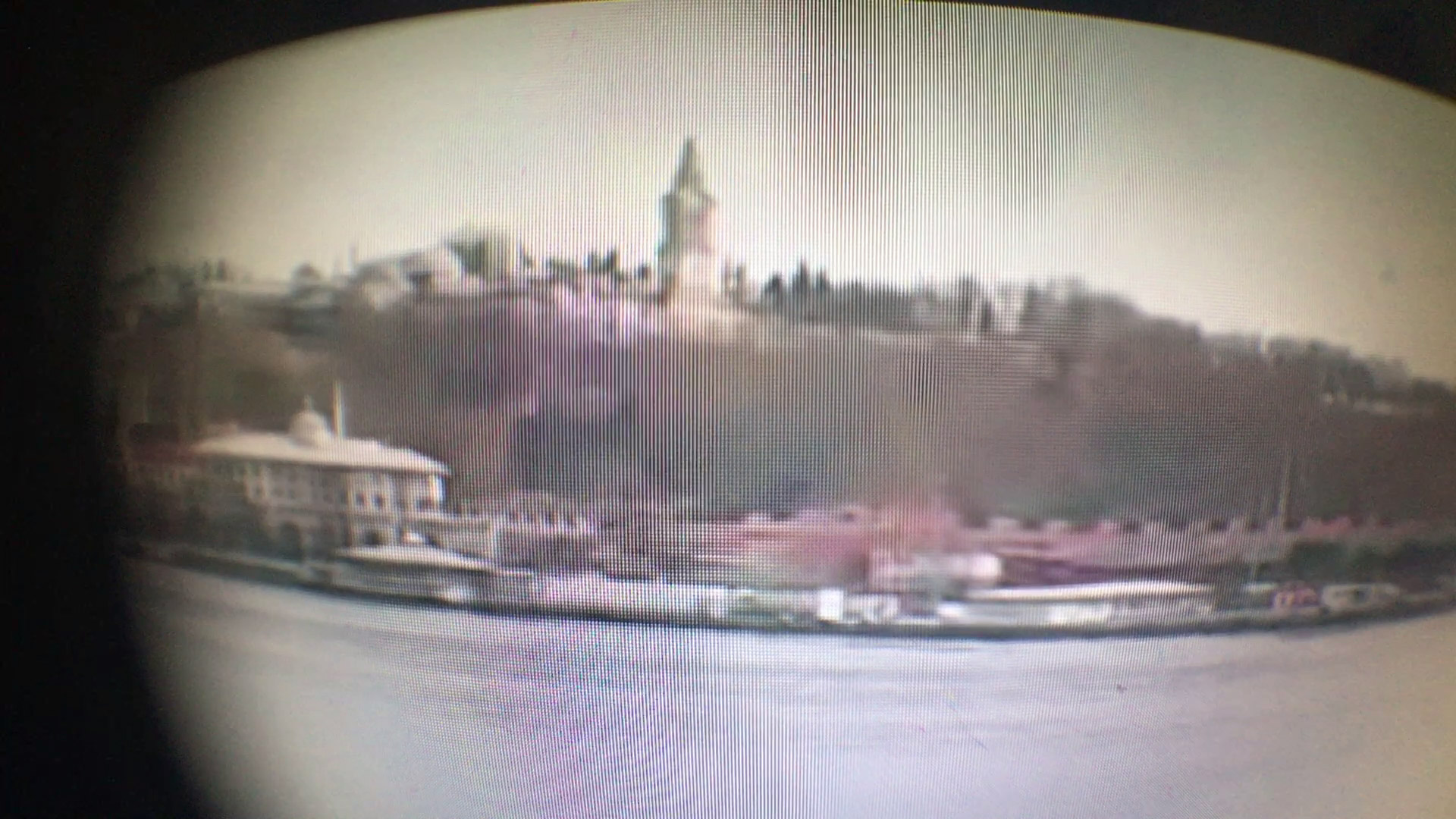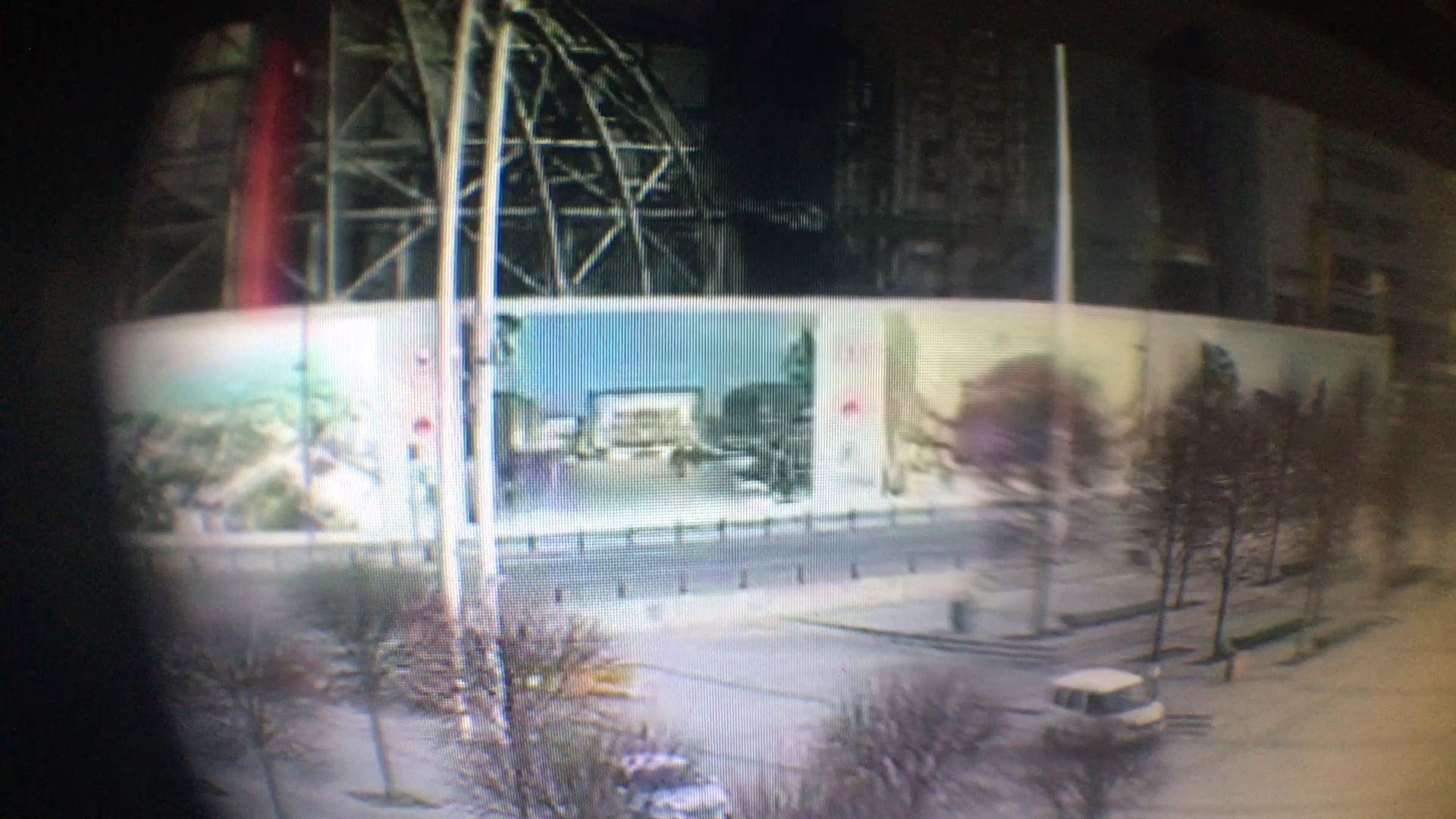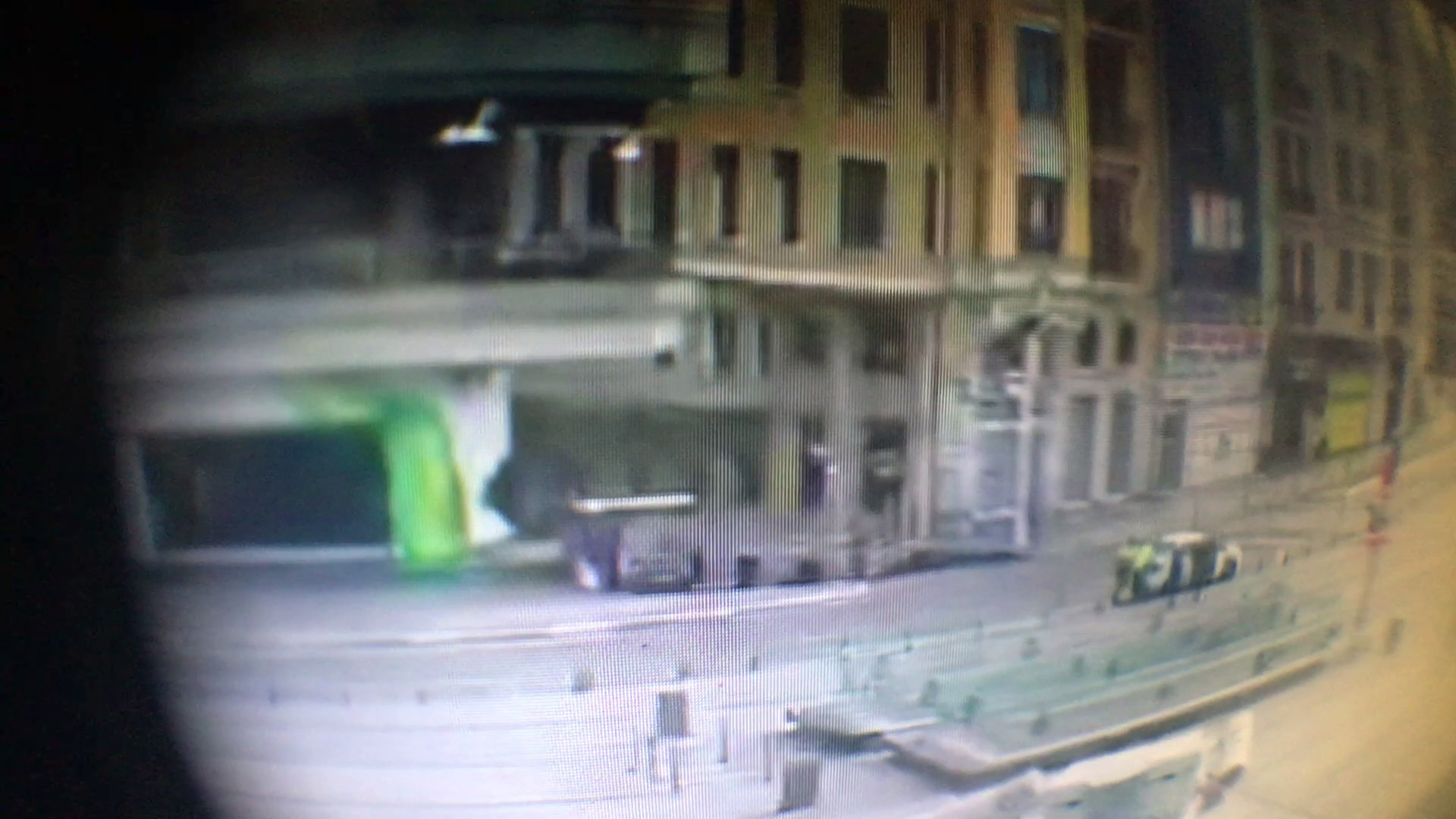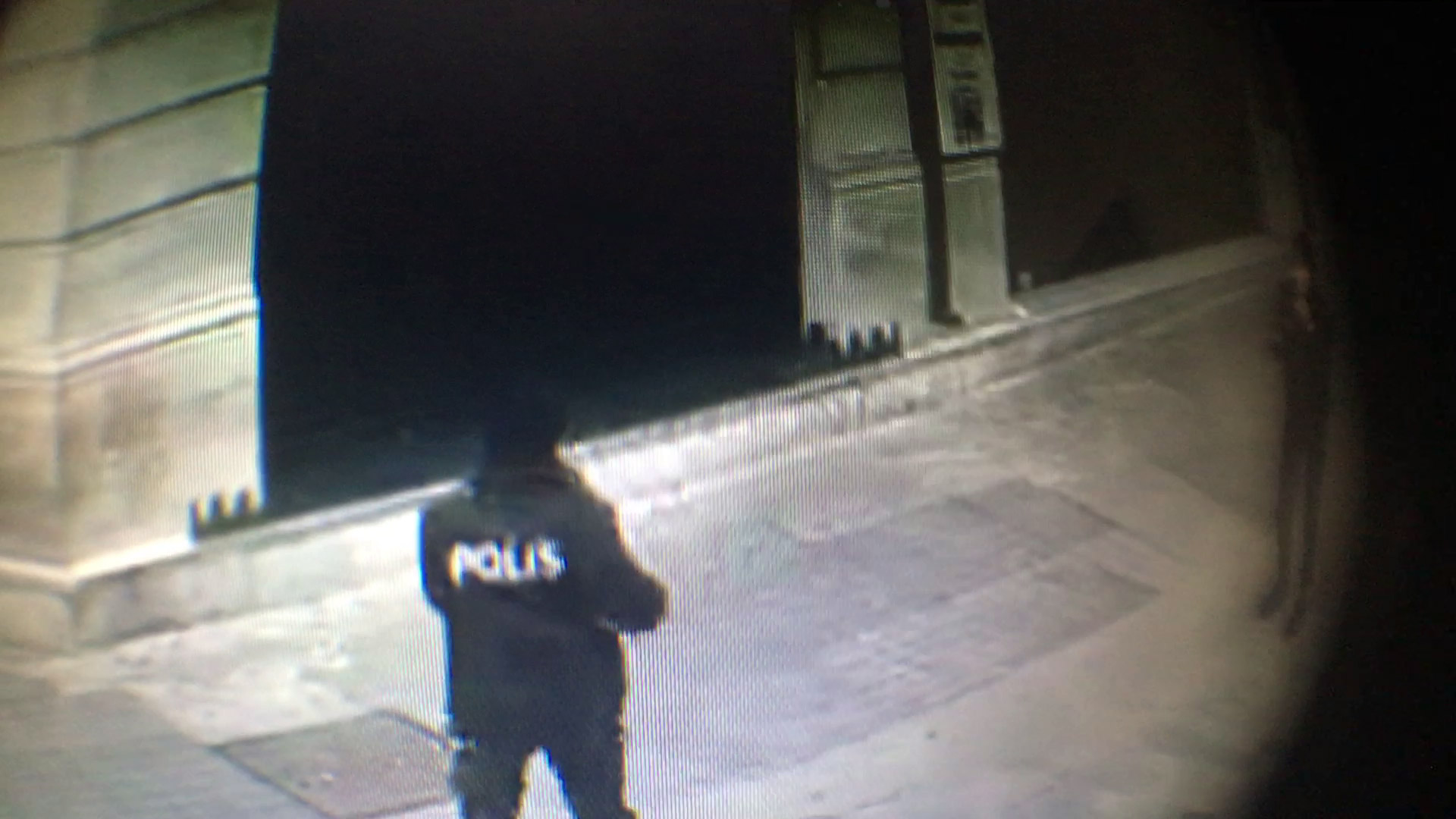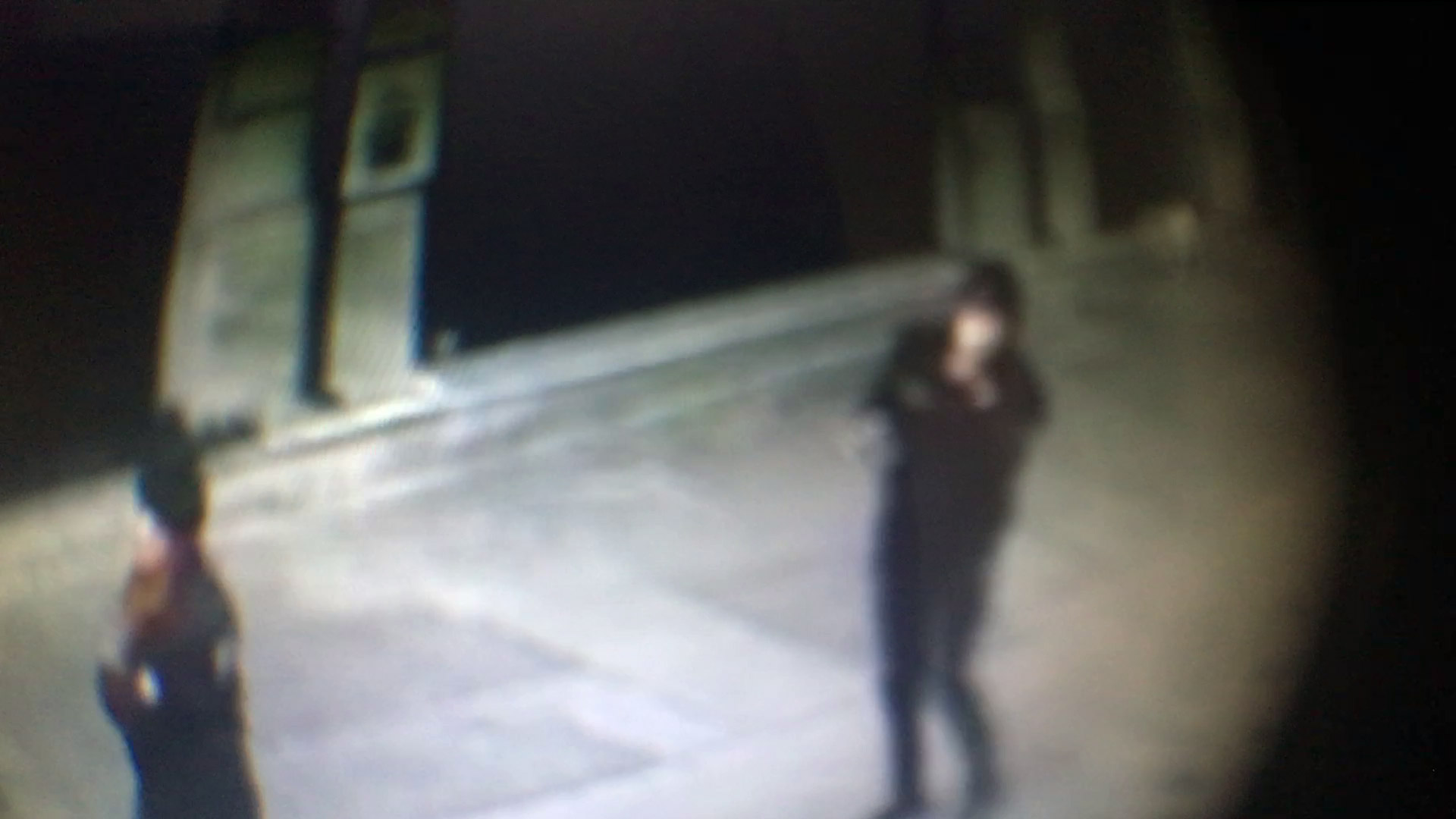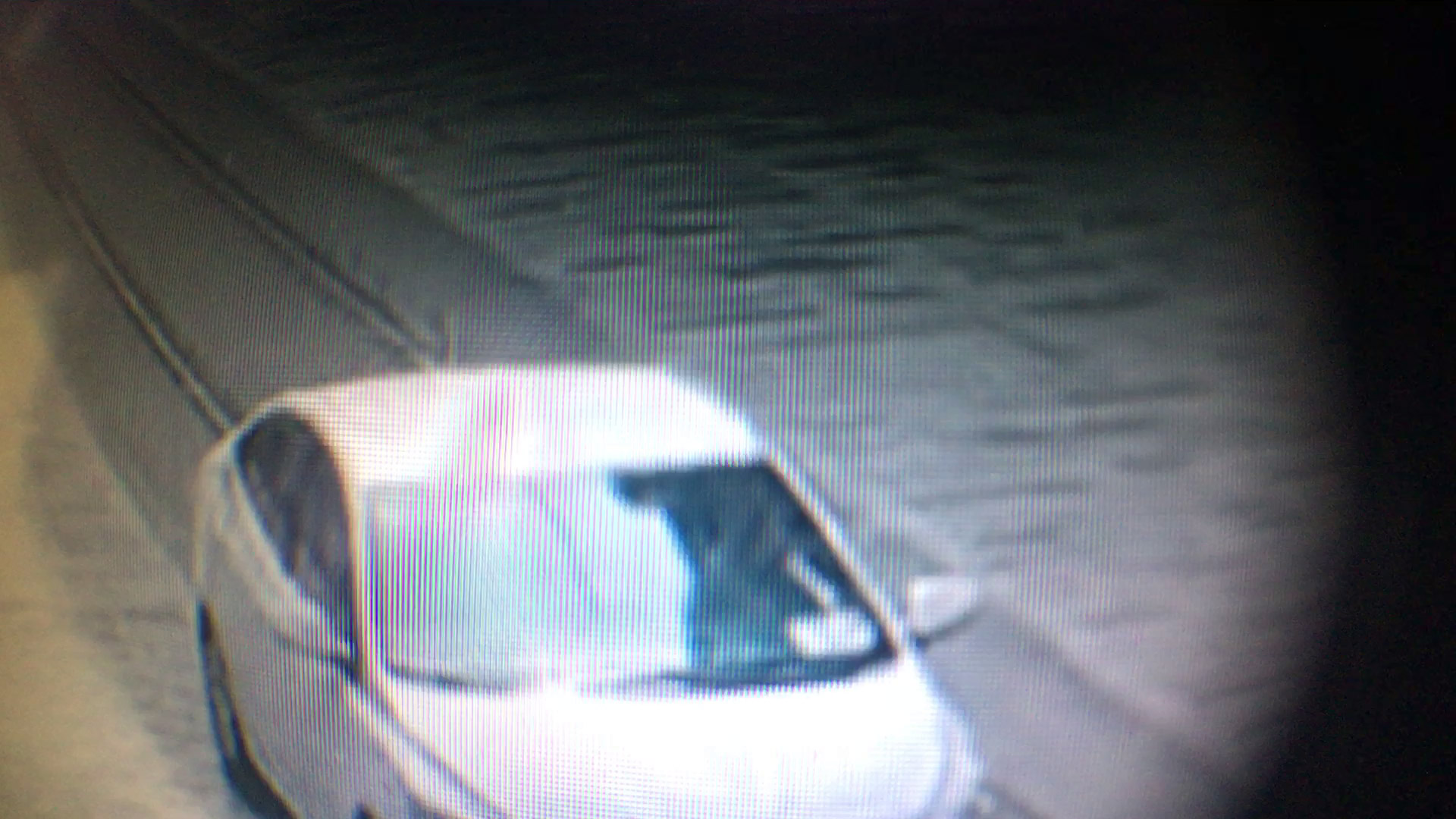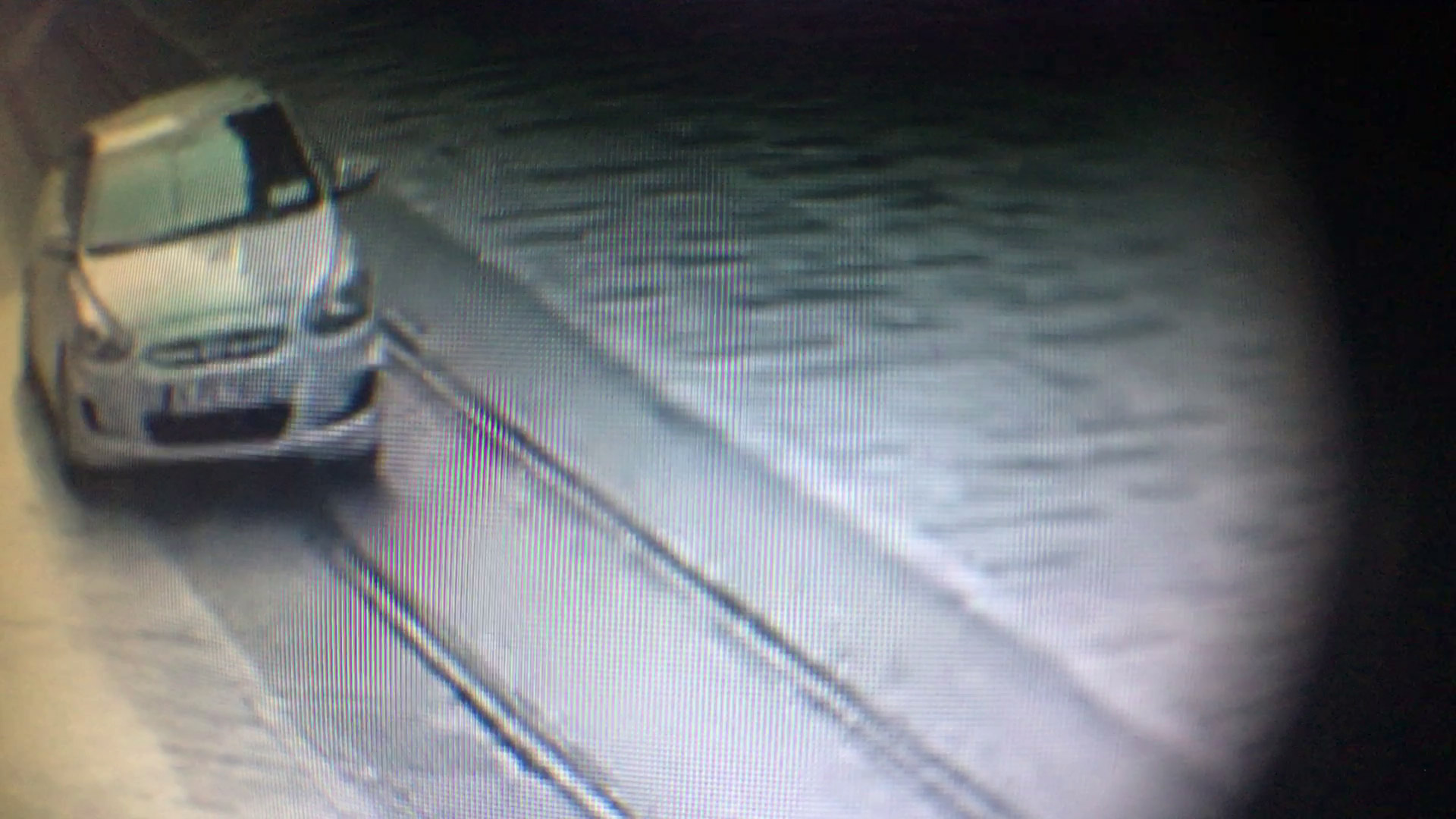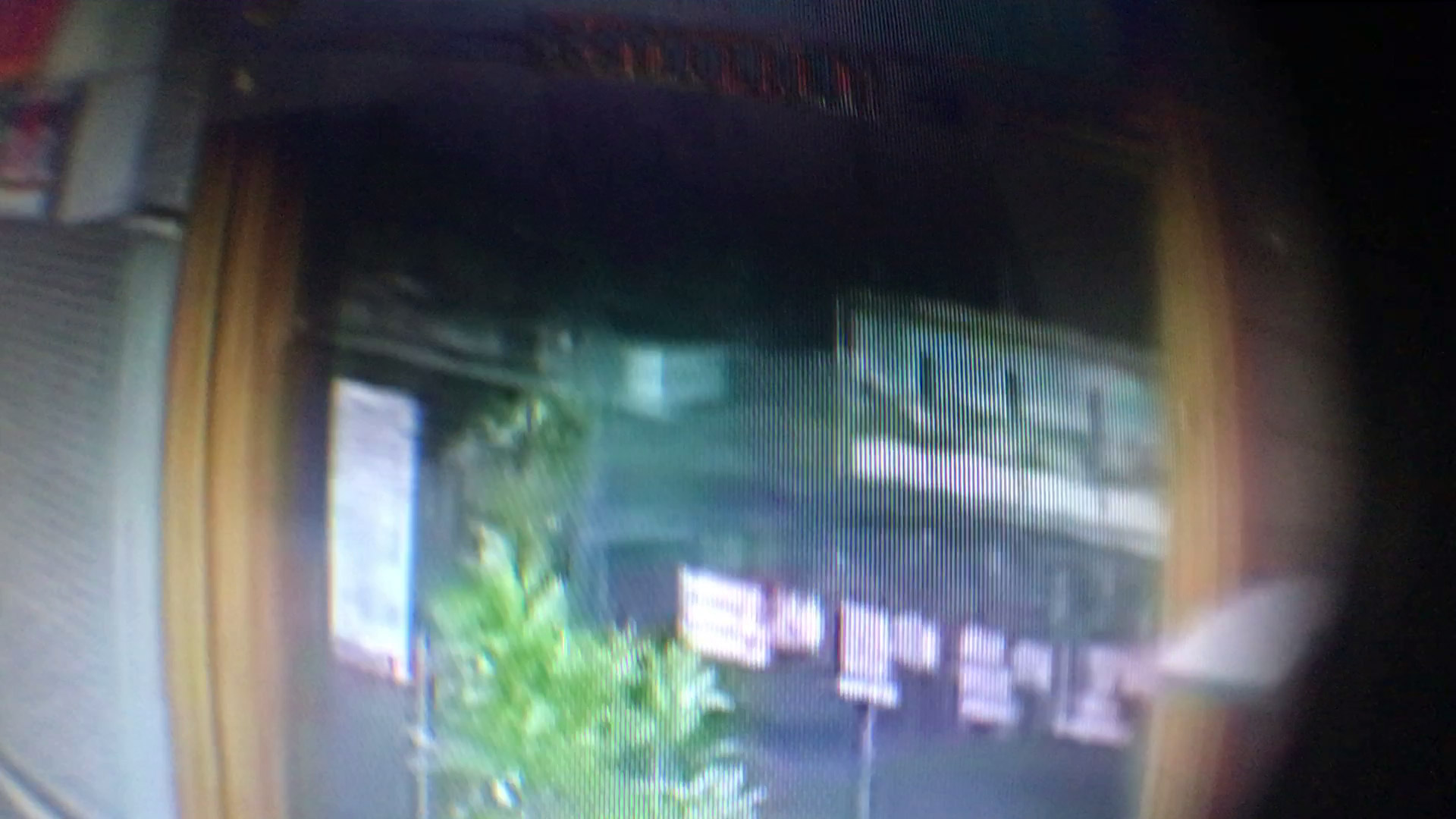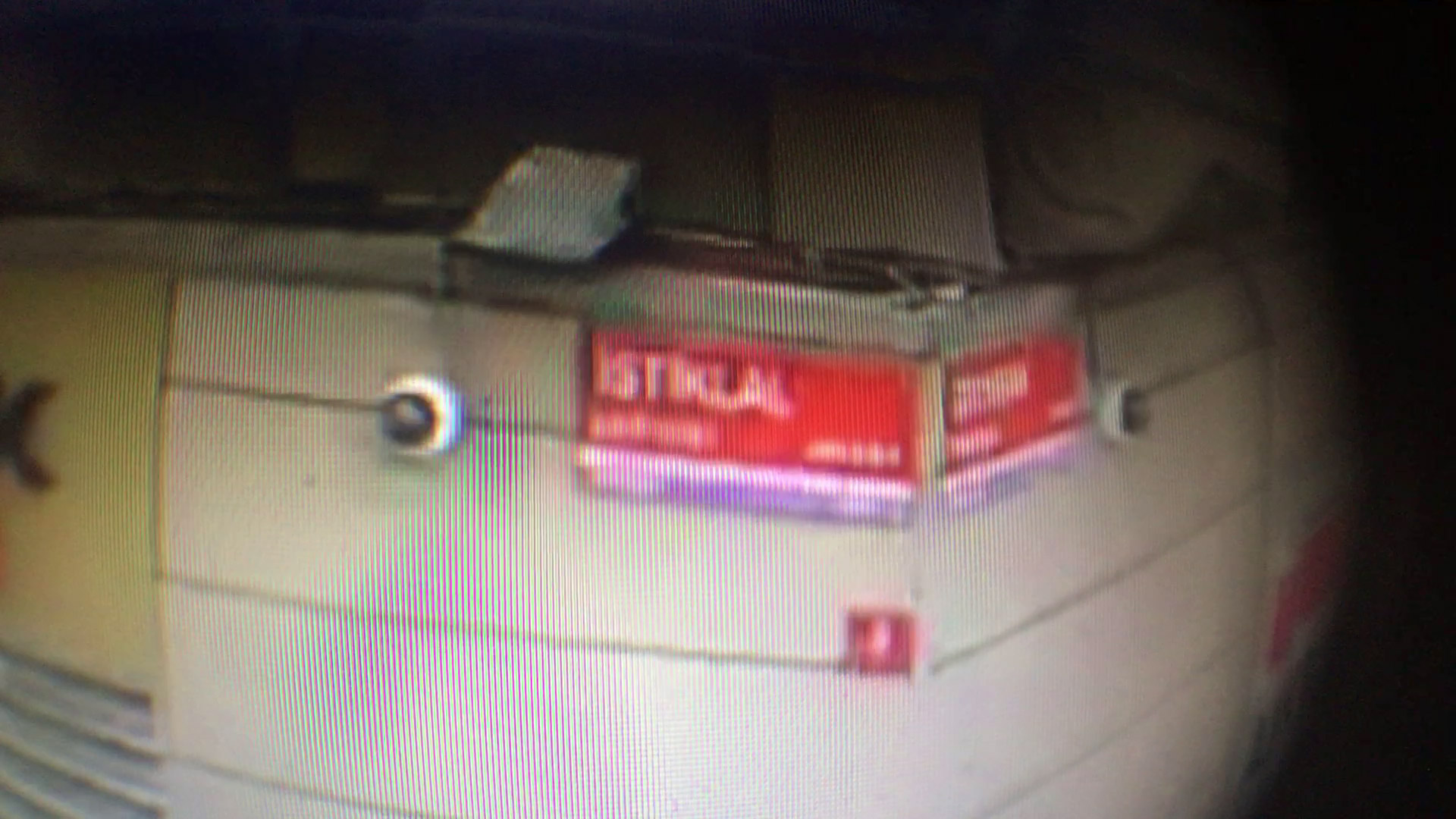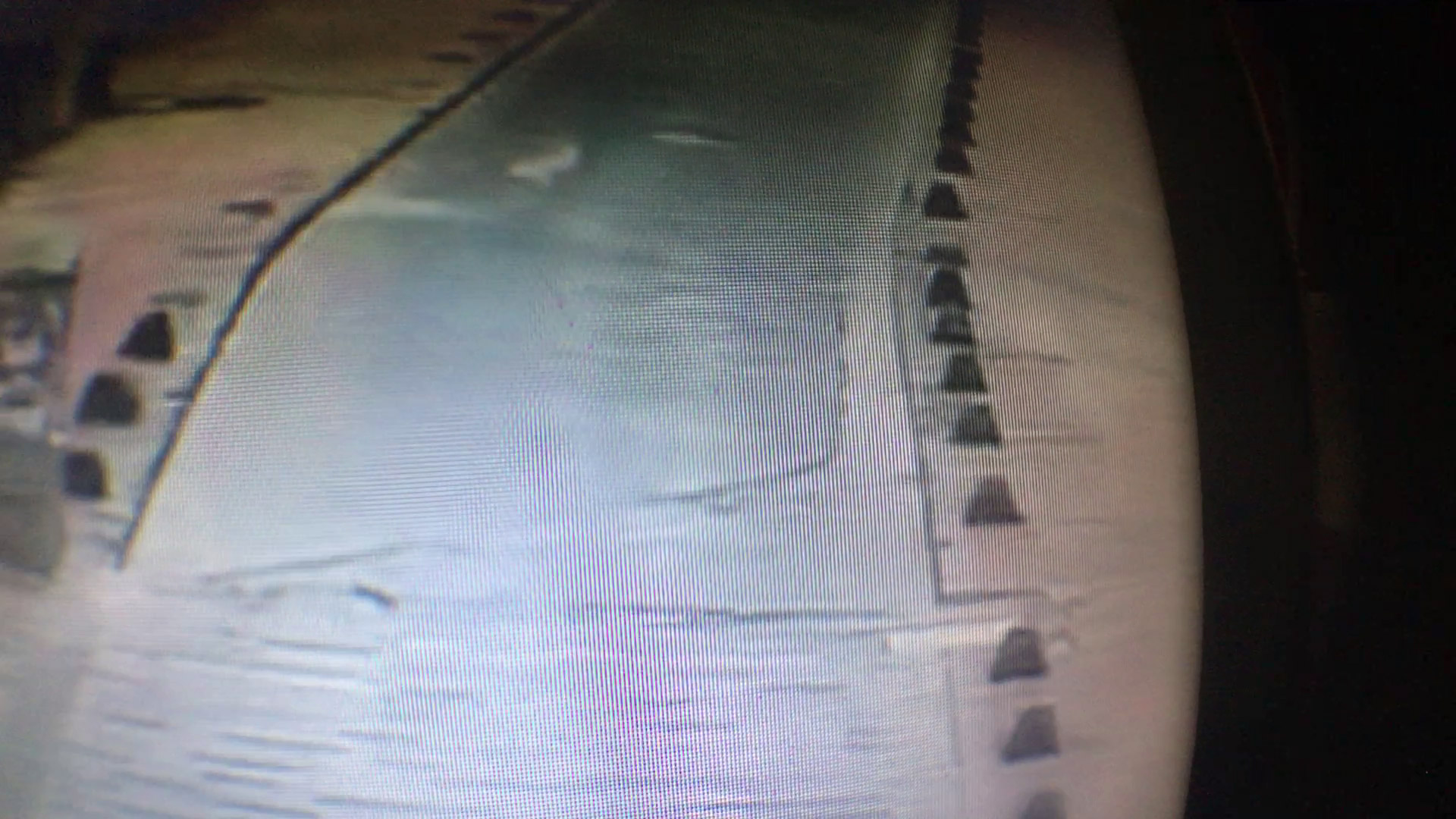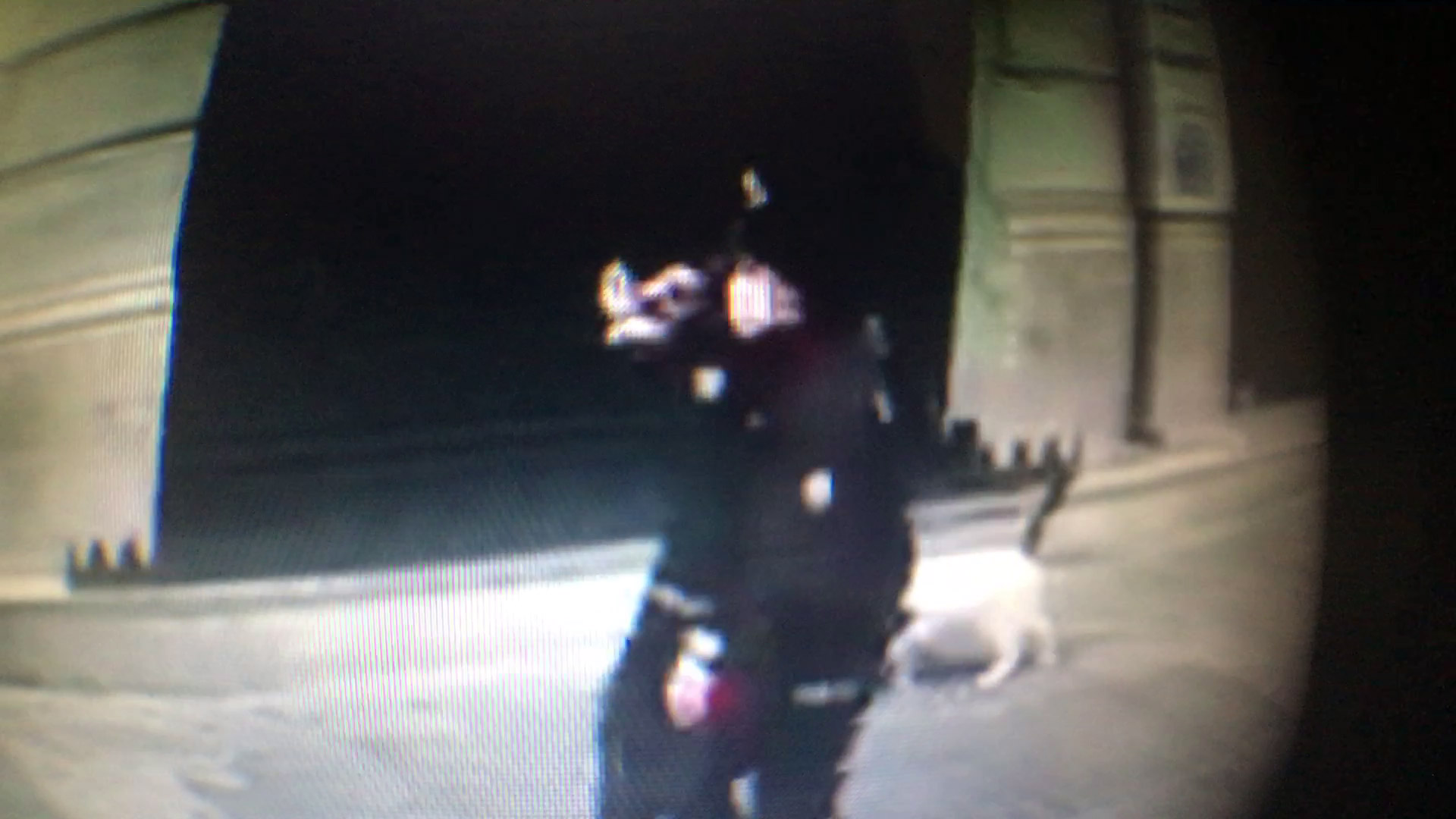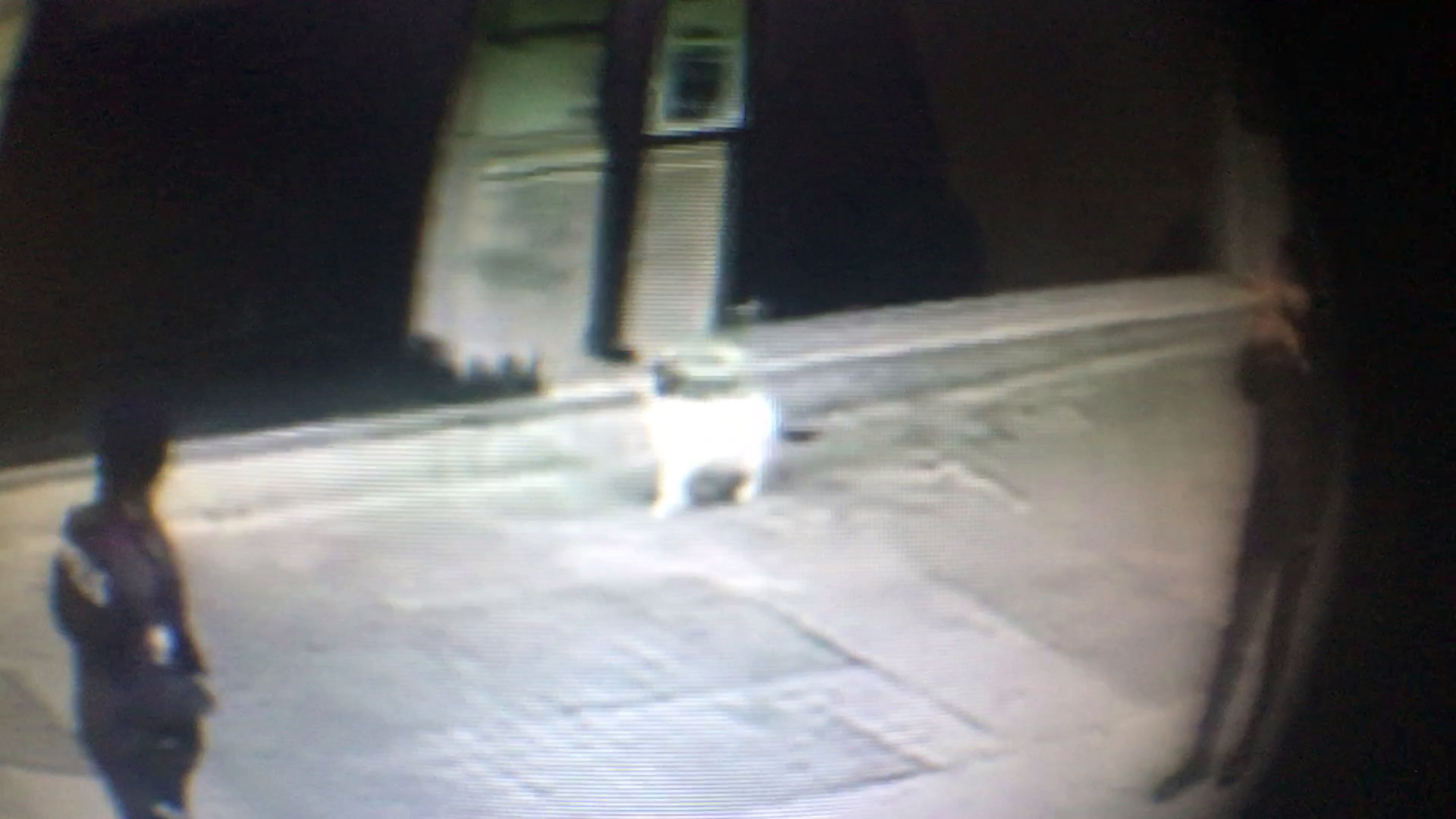Observations
Video, Photography Series
2019
Observations documents the spectral transformation of Istanbul’s public spaces during the COVID-19 lockdowns, a period when the city’s streets—once vibrant with chaotic life—were rendered unrecognizably still. The project interrogates this erasure of urban vitality through the lens of municipal surveillance cameras, devices that paradoxically thrived in the absence of their intended subjects, by repurposing them to document the dynamics of a metropolis under lockdown. What emerges is a meditation on absence, visibility, and the psychological weight of confinement.
The CCTV feeds, viewed remotely on computer screens, show a city suspended in limbo. Symbolic crossroads stretch long and empty under somber skies. The images reveal a city halted in time: empty intersections, deserted plazas, and the occasional movement of someone moving slowly along the edge of the frame. These pieces, suspended and severed, sum up the tension between visibility and solitude—a contradiction in which subjects are simultaneously seen and nowhere, or put on display.
The work underscores the duality of lockdown existence: a time when homes became both sanctuaries and prisons, while public spaces morphed into abstract, surveilled voids. For those confined indoors, windows doubled as screens onto a world made distant and untouchable. The surveillance cameras, repurposed here as aesthetic and conceptual tools, formalize this detachment. Their lateral motion and grainy textures mirror the flattened experience of observing the city through digital interfaces, where reality is compressed into grids of light and shadow.
By focusing on Istanbul’s vacant plazas and deserted thoroughfares, the project captures the existential unease of a city habituated to density suddenly confronting its own emptiness. The cameras, originally designed to monitor crowds, instead document absence. This inversion exposes the fragility of urban systems built for constant motion, now frozen in a state of involuntary pause.
The lockdown’s psychological toll is implied through juxtaposition: the claustrophobia of domestic interiors contrasts with the vast, unpeopled exteriors. Surveillance here becomes a metaphor for longing—a mediated attempt to grasp a world just beyond reach.
Materially, the images emphasize erasure. Motion blur smudges figures into spectral traces; digital artifacts fracture architecture into abstractions. These aesthetic choices reflect the dislocation of lockdown, where time distorts and spaces lose their anchors of meaning. The city, emptied of its social rhythms, becomes a stage set awaiting actors who may never return.
Yet within this void, the cameras persist. Their relentless operation—unmoved by the absence of crowds—raises unsettling questions. Who is being protected in a city without people? Who is being watched? The project frames surveillance as a self-perpetuating ritual, one that continues unabated even when its original rationale dissolves.
Ultimately, Observations captures the paradoxical legacy of pandemic-era urbanism: a heightened awareness of safety that coexists with profound alienation. The cameras, symbols of control, now bear witness to a collective disappearance. Streets once defined by human friction are reduced to silent, geometric compositions, while homes mutate into panoptic enclaves. The work invites reflection on what endures when a city’s pulse is muted—and what remains of “public” life when its spaces are seen but not inhabited.
